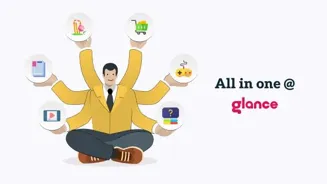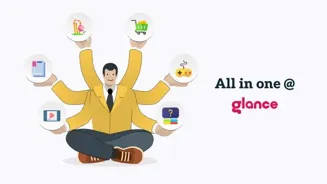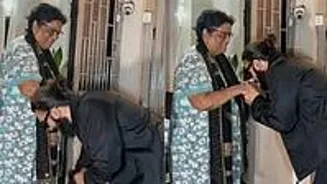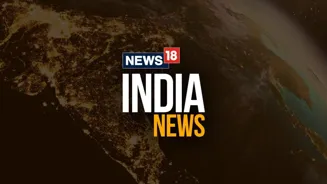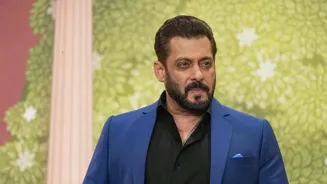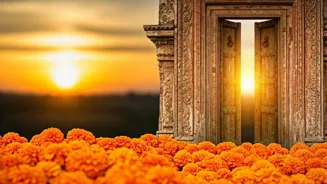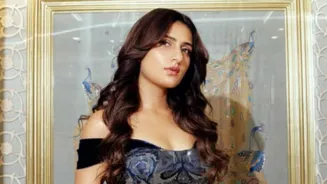The story of Hindi cinema is rich with legendary actors, iconic songs, and unforgettable dialogues. But behind the glittering screen, there are some names whose contributions often go unnoticed. One such
name is Gopaldas Parmanand Sippy, better known as GP Sippy, the man who produced Sholay, the film that redefined filmmaking and revived Amitabh Bachchan’s faltering career.
More than just a blockbuster producer, Sippy’s journey is a tale of resilience, reinvention, and a stroke of cinematic genius that came in the form of a dusty, dacoit-filled village called Ramgarh.
GP Sippy’s Background
Born into a wealthy business family in pre-Partition Karachi, GP Sippy’s early life was defined by luxury. His family owned expansive properties, including a lavish bungalow and thriving enterprises. But the 1947 Partition would snatch all of it away overnight. Forced to leave everything behind, the Sippys fled to Bombay (now Mumbai), where they arrived not as aristocrats, but as refugees, stripped of their wealth, status, and security.
With survival now the only goal, Sippy tried his hand at several trades. According to a New York Times report, he sold carpets and even opened a small restaurant in Mumbai. Nothing stuck. It wasn’t until he stumbled upon an unfinished building in Colaba that fortune began to turn. He purchased it, sold it for a profit, and found a new calling in real estate.
Sippy’s Entry Into Film World With Saza
Having made some money in property, GP Sippy turned his eyes to cinema, a world that fascinated many in the newly independent nation. In 1953, he produced his first film, Saza. The film didn’t catapult him to fame, but it marked the beginning of a long and persistent filmography. For years, Sippy was known largely as a B-grade producer who occasionally dabbled in direction and acting, but never found lasting success.
That would begin to change when he called his son, Ramesh Sippy, back to India from the London School of Economics. Under his father’s banner, Ramesh made films like Andaz and Seeta Aur Geeta – successful, yes, but still not historic.
Sholay: The Game-Changer
Then came 1975. With a sprawling cast including Dharmendra, Sanjeev Kumar, Amitabh Bachchan, Hema Malini, Jaya Bachchan, and the unforgettable debut of Amjad Khan as Gabbar Singh, Sholay was a risk few producers would dare take. With a budget of Rs 3 crore, it was the most expensive Hindi film ever at that time.
Directed by Ramesh Sippy and written by the celebrated duo Salim-Javed, Sholay smashed records. It ran in theatres for five straight years and rewrote the rules of Indian cinema. From its cinematography to its character arcs, Sholay brought together Western influences, traditional storytelling, and larger-than-life action like never before. When the film finally ended its legendary run at Mumbai’s Minerva theatre, it was replaced by none other than GP Sippy’s next venture, Shaan.
GP Sippy’s Legacy
GP Sippy continued to produce films throughout the 80s and 90s, backing titles like Saagar, Patthar Ke Phool, and Raju Ban Gaya Gentleman. Though none matched the cultural earthquake of Sholay, they were all reminders of a producer who dared to dream big.
He passed away in 2007 at the age of 93, but his legacy lives on, not just in the form of a film, but in a moment of cinematic history that has never been duplicated.


